This briefing paper has been compiled using information included in the Out of the Shadows Index and the ECPAT Country Overview for India, written in collaboration with our local members EQUATIONS, SANLAAP, STOP India and Child in Need Institute (CINI).
The Out of the Shadows Index, developed by the Economist Intelligence Unit, measures how nations are addressing child sexual abuse and exploitation. Data released for the first 60 countries demonstrate that governments, the private sector and civil society need to do more to protect children from sexual violence and meet the commitments they made to Target 16.2 of the UN’s Sustainable Development Goals.
The Index was calculated by assessing legislation, policies and responses by national governments. It covers critical issues that underpin child sexual exploitation and abuse, including education, reproductive health, victim support, law enforcement and risks from the online world. The Index also addresses environmental factors such as the safety and stability of a country, social protections, and whether norms permit open discussion of the issue. It also focuses on the engagement of businesses in the technology and travel/tourism sectors in fighting child sexual abuse and exploitation.
ECPAT Country Overviews comprehensively present all the existing, publicly available information, and a detailed analysis of the legal framework for the sexual exploitation of children in a country. They provide an assessment of achievements and challenges in implementation, counteractions to eliminate the sexual exploitation of children and they suggest concrete priority actions to advance the national fight against this crime.

According to ECPAT’s Terminology Guidelines, child sexual abuse refers to sexual activities committed against children, by adults or peers and usually involves an individual or group taking advantage of an imbalance of power. Force may be used, with offenders frequently using authority, power, manipulation, or deception.
Child sexual exploitation involves the same abusive actions. However, an additional element must also be present – exchange of something (e.g., money, shelter, material goods, immaterial things like protection or a relationship), or even the mere promise of such.
India ranked 15th out of 60 countries scored in the Out of the Shadows Index on the country’s response to child sexual exploitation and abuse, with a score of 58.2. This ranking places it just below Serbia (59.1) and just ahead of South Africa (58.1).
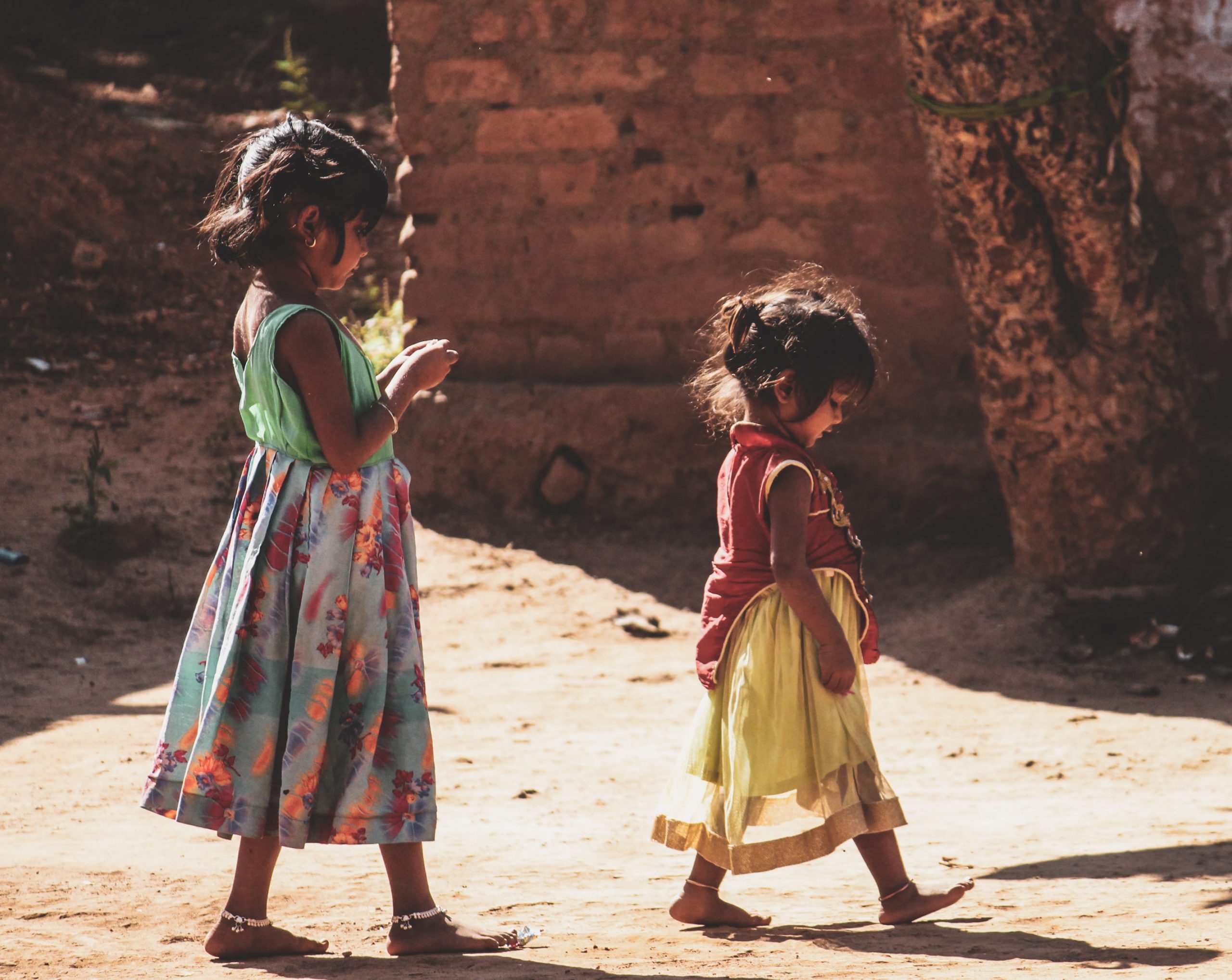
As found in the India Country Overview (link), India’s score on the Index is largely explained by a robust legal and operational framework for tackling the sexual exploitation of children. India also has strong civil society participation in activities relating to sexual exploitation of children, as evidenced by the multitude of awareness raising activities carried out at both state and national levels.
Additionally, India has strong reporting mechanisms that can be utilised by child victims of sexual exploitation. However, much remains to be done to ensure that children in India are fully protected. For example, India needs to work to address discriminatory conditions facing minority groups, as well as improve the quality of data collection on child sexual exploitation in order to better inform effective and accurate policy responses.
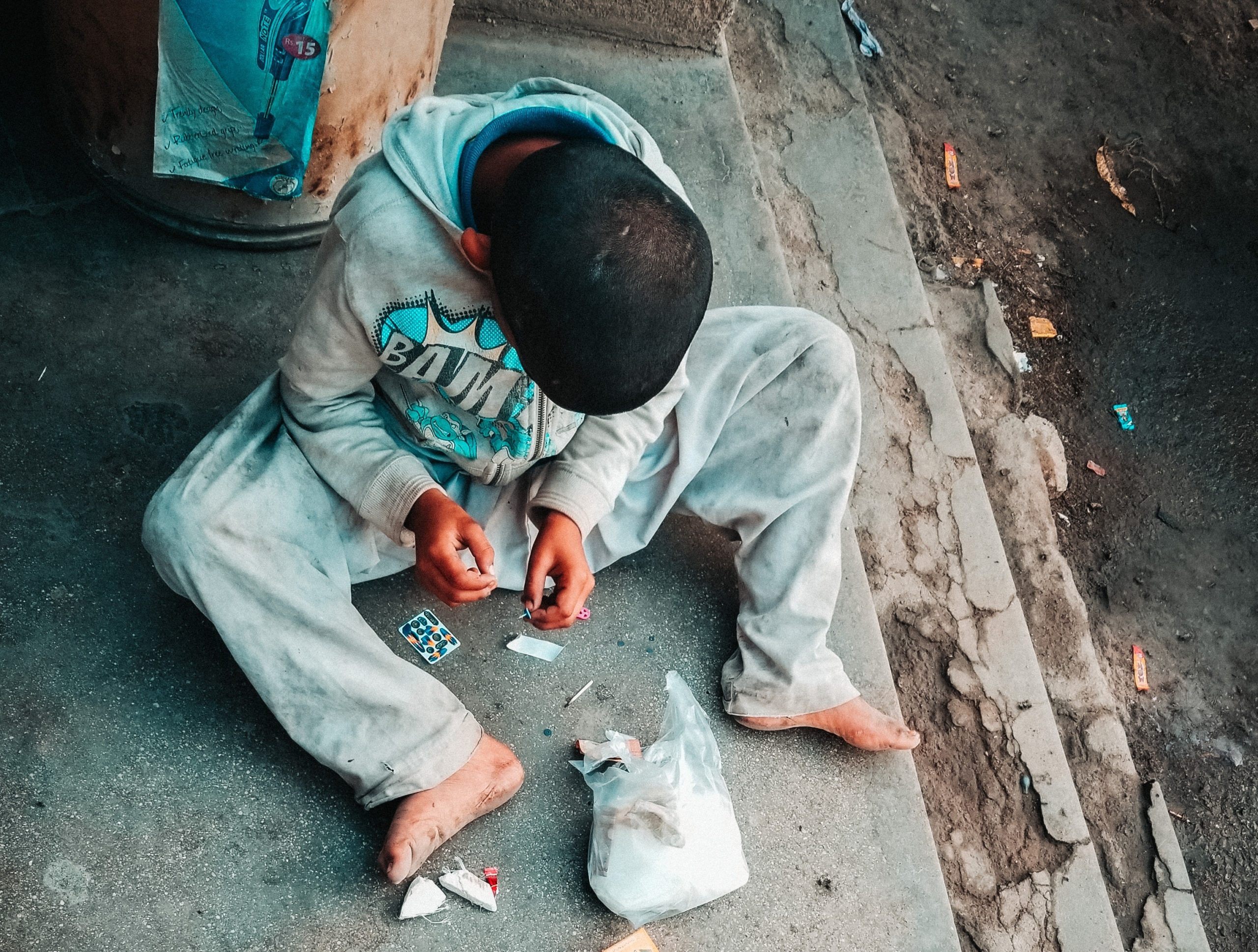
The Index suggests the country has a relatively safe and stable environment. While India has made substantial progress in reducing poverty throughout the 2000’s, latest available estimates from the World Bank in 2015 indicated that 176 million people were still living in poverty. The COVID-19 pandemic has also threatened to reverse progress and push more people into poverty within the country.
Higher levels of poverty are likely to increase children’s vulnerability to sexual exploitation. The Index also identified that gender norms and poor social protections relating to education facilitated conditions that can enable the sexual exploitation of children.
India scored 45/100 for the Index’s indicator on societal attitudes towards sex, sexuality and gender and 48/100 for the Index’s indicator on social protections provided to children.
Gender discrimination is a major concern in India, with girls facing limitations on their free movement, education, work, marriage and social relationships. Boys are also affected by gender norms, with a patriarchal society and masculinity expectations resulting in a lack of focus on male vulnerability to sexual abuse and exploitation as well as underpinning men’s violence against women and girls. Additionally, children of all genders are affected by high levels of stigma, as well as shame and silence in relation to sexual abuse and exploitation, leading to lower levels of reporting of such crimes. Further, while a child from any caste can be vulnerable to sexual exploitation, the associated stigma, poverty and social exclusion that persist for some castes can also exacerbate vulnerability.
Social norms also mean Indian children, and particularly girls, are extremely vulnerable to child, early and forced marriage. The scale of the problem can be seen from UNICEF estimates published in 2021 which indicated that, in the years 2014-2020, 27% of women aged between 20-24 in India were married by 18, and 7% by the age of 15. Poverty, barriers to education and practices such as paying dowry all contribute to the high levels of child marriage within India.
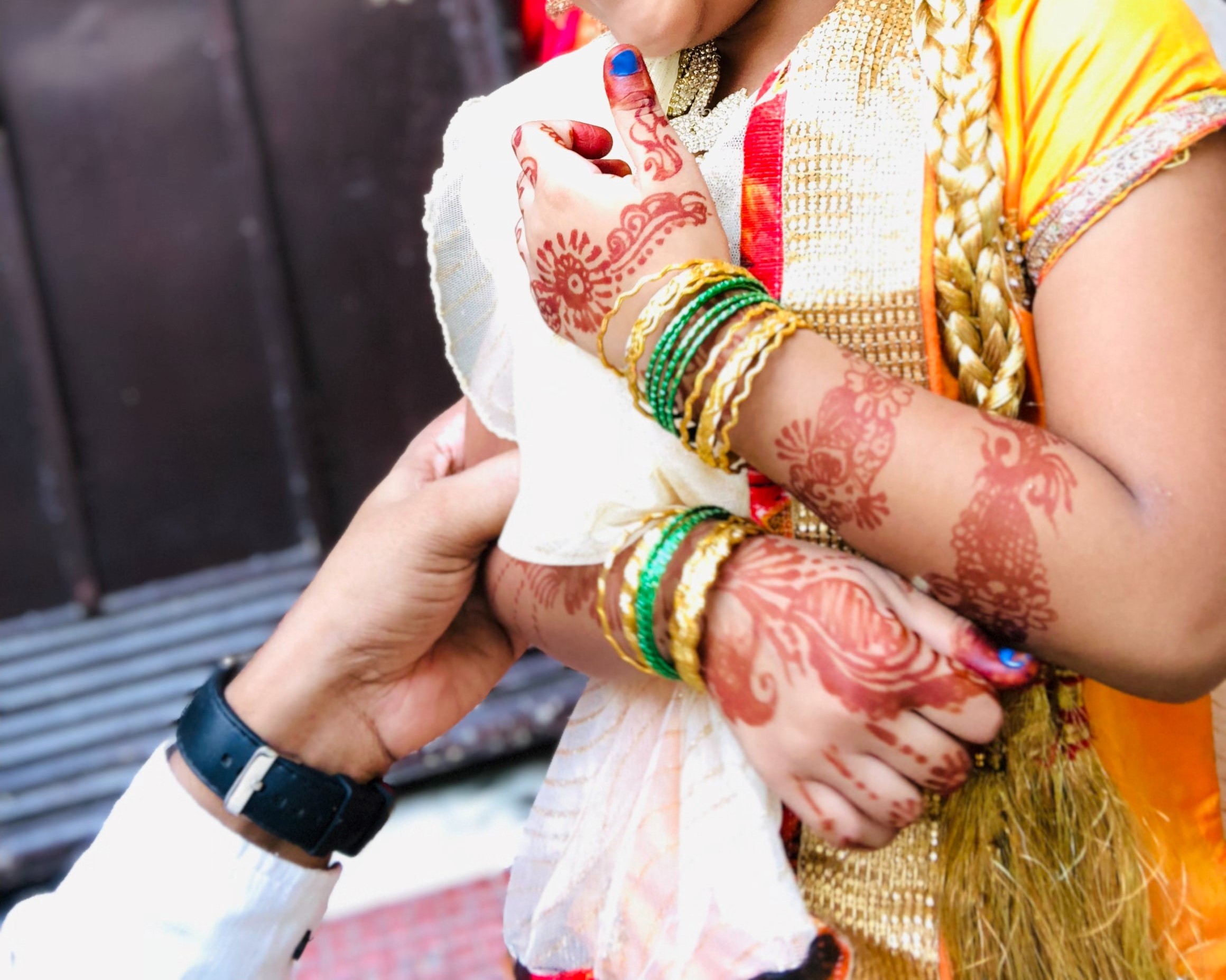
Children in India are extremely vulnerable to being trafficked for the purposes of sexual exploitation. Various sources have indicated that domestic trafficking of children for sexual purposes is a prominent issue within the country. Available data is not disaggregated to indicate the types of trafficking children experience so determining how many are trafficked for sexual purposes in India isn‘t possible. However, the latest available crime statistics from 2020 show that there were 2,222 child victims of trafficking overall.
Of course, trafficking is very likely underreported and therefore only indicates what is known. The true reality of the situation likely impacts many more. Additionally, it has been reported that cross-border trafficking of children continues, with previous research identifying, for example, Nepali girls being trafficked to large Indian cities for sexual purposes.
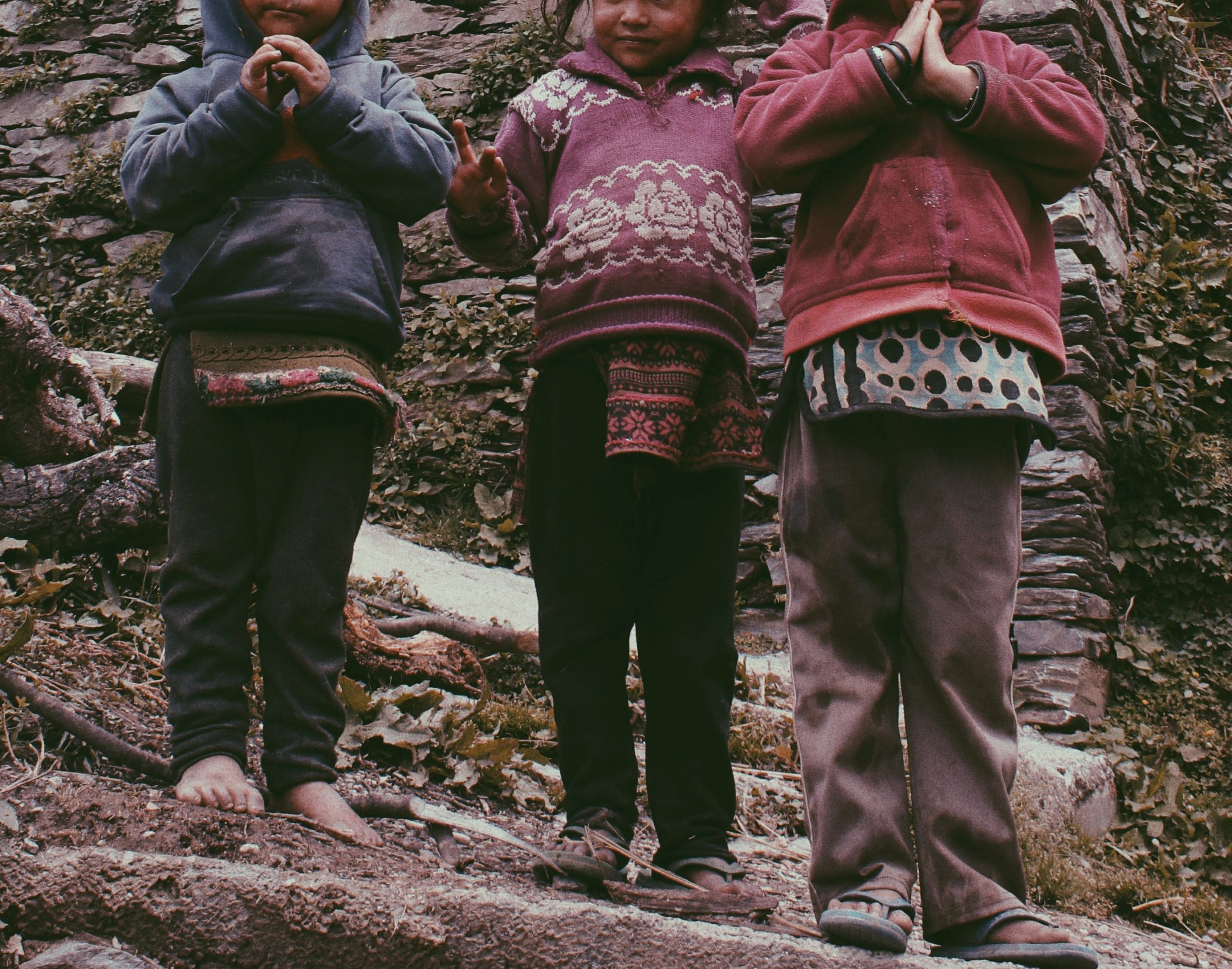
Research has identified children from tribal communities as facing heightened risks to being exploited in prostitution and to being trafficked for sexual purposes.
Given that poverty and a lack of access to livelihood opportunities are contributing factors to the vulnerability to sexual exploitation, the COVID-19 pandemic and associated job losses within India are likely to have exacerbated risks of children being subjected to sexual exploitation.
India has strong legal protections against offences related to child sexual exploitation. The country has also ratified most major international conventions relevant to the fight against sexual exploitation of children and is party to additional international and regional frameworks. India has also gradually adopted and amended national laws related to child sexual exploitation in order to align with its international and regional commitments.
Notably, the adoption of the Protection of Children from Sexual Offences Act and later amendments to ensure this is gender-blind, should be commended. If enacted, the recent 2021 the Trafficking in Persons (Prevention, Care and Rehabilitation) Bill would be a further positive step towards aligning India’s legislation with international standards. However, the bill has important shortcomings, such as the inclusion of the death penalty for certain offences.
Limitations still exist in India’s legislation. For example, the legislation offering protection to children from being exploited in prostitution could be improved as many of the offences relating to children are grouped in with those relating to adults.
Prosecution efforts could be aided by creating separate offences for children, including provisions explicitly prohibiting children from being prosecuted for prostitution and by providing a definition of exploitation of children in prostitution in line with international standards.

There are a number of gendered provisions under the Indian legislation that offer protection only to girls, thereby leaving boys vulnerable. In India, the vulnerability of boys to sexual offences is under recognised and so it is important that legal provisions do not perpetuate this lack of awareness that boys may be victimised.
For example, under the Penal Code, there is a specific provision relating to the “procuration of minor girls”. Crime statistics from 2020 show that there were 2,471 incidences of this crime, emphasising that the provision is still heavily used and indicating that the same crimes against boys may be overlooked.
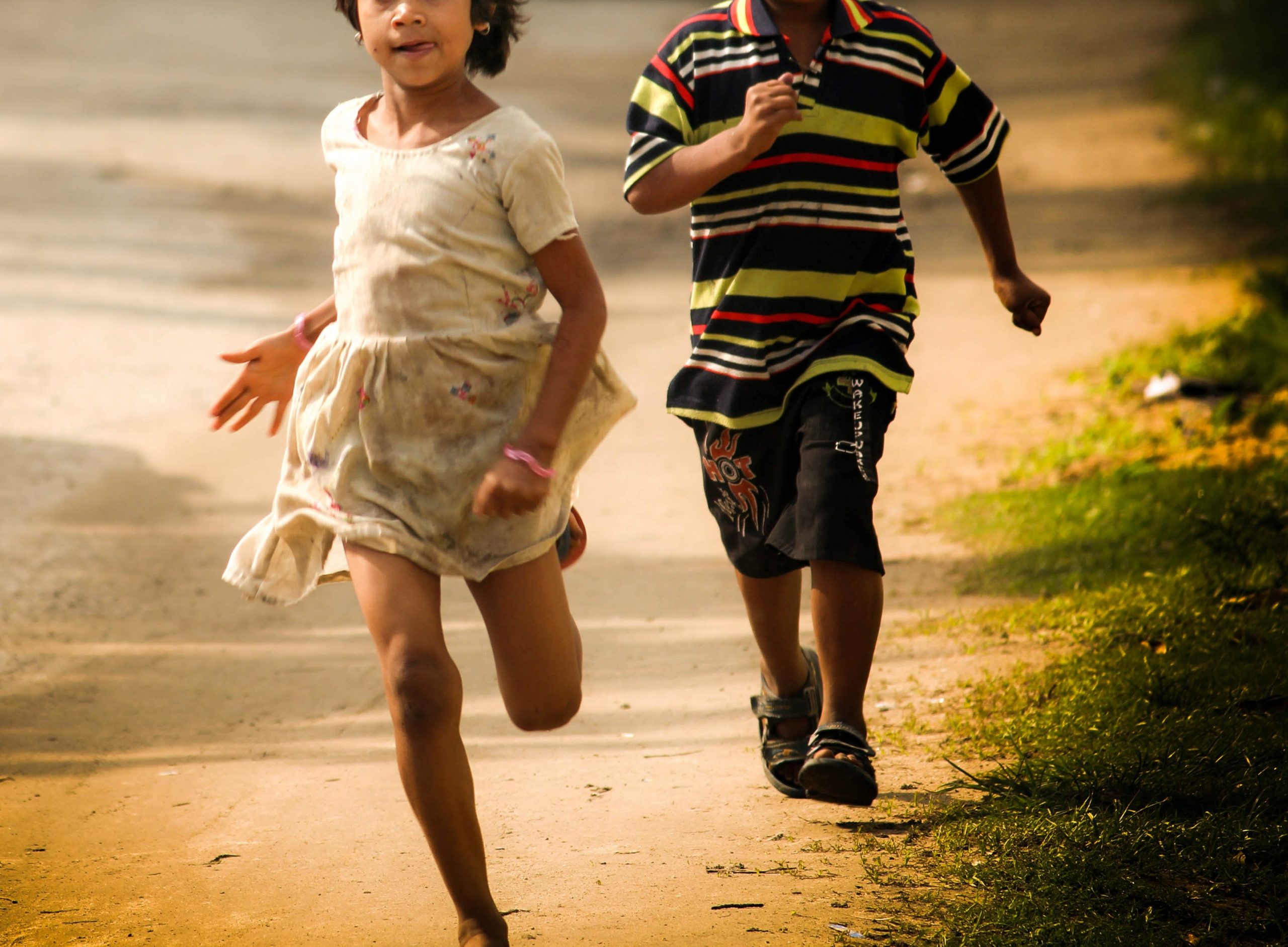
The Indian Penal Code also contains gendered provisions for child rape. The Index provides a score of 0/100 for the protection of boys from child rape laws as Section 375 only covers the rape of girls and therefore leaves boys outside of its protection. This is especially problematic when we consider that India also does not have a close-in-age exemption protecting peers from prosecution for mutually willing sexual activity. This means that boys may face prosecution for child rape for sex with a girl aged under 18, regardless of whether they both were willing partners.
The crime of marrying a child under the Prohibition of Child Marriage Act also applies only to “adult males”, potentially allowing female adult offenders to avoid punishment.
The Internet and Mobile Association of India reported that there were 504 million active Internet users in the country in 2019. Additionally, the latest available crime statistics from 2020 indicate a rise in cases involving child sexual abuse materials within the country, with 738 recorded cases in this year compared to 102 in 2019.
Research has also identified both offenders and victims of live-streaming of sexual abuse within India, and recorded cases of sexual extortion committed against children. Despite the high level of connectivity and indications of vulnerabilities of children to online risks, there are a number of online child sexual exploitation offences which the law does not yet adequately define and criminalise. For example, while the POCSO Act provides a fairly broad definition of child sexual abuse material (including digitally generated images such as realistic images of non-existent children), it does not explicitly cover material other than visual or depictions of sexual parts of a child for primarily sexual purposes and so cannot be said to be fully in line with international standards. Further, the legislation is silent on the live-streaming of child sexual abuse and sexual extortion of children.
In 2013, the National Child Protection Policy was approved, which laid out guiding principles that must be followed by national, state and local governments in their actions and initiatives.
The government has included certain forms of sexual exploitation of children in its National Plan of Action for Children but has neglected others. While national data is collected and available on child sexual exploitation crimes, detail is lacking so specific disaggregation on how children are affected is not possible.
India does not have a national action plan specifically addressing the sexual exploitation of children. Instead, the National Plan of Action for Children from 2016 contains a number of strategies and actions that are relevant. While the plan addresses issues such as child trafficking, child marriage and online sexual exploitation of children, it is silent on the exploitation of children in prostitution.
Additionally, although the plan recognises that the sexual exploitation of children in travel and tourism is an emerging threat, it does not contain any strategy or action that sets out how to deal with the issue. There also appears to be little monitoring of progress against the plan.

Partly in response to widely publicised Muzaffarpur shelter case in 2018, in which 12 offenders received life imprisonment for sexually abusing girls, the government prioritised drafting of a new National Policy for Children that included a new code of conduct based on “zero tolerance of child abuse and exploitation” that would be required of organisations dealing with children.
Despite being drafted 3 years ago, this new policy has still not been implemented.
There is very little research on the sexual exploitation of children in India. Further, the limited formal data collection relating to child sexual exploitation in India by police and authorities is not disaggregated or categorised. This hinders the countries response to the problem as the scope of the problem is unclear, as is illustrated by India’s score of 39/100 for the indicator of data collection in the Index.
India does make crime statistics of some offences related to sexual exploitation of children publicly available but these statistics are limited and lack detail or disaggregation. There has been very little research or evidence gathering conducted on the topic, making it extremely difficult to accurately estimate the scope of sexual exploitation of children.
More detailed data could be used to better understand prevalence in the country and how different populations are vulnerable. Better data allows better planning and delivery of targeted prevention programmes, and tailored responses to affected children.

Indian civil society organisations prevent, raise awareness and provide support to child victims of sexual exploitation. Good practices are indicated by India scoring 100/100 on the Index’s indicator on frontline support and on civil society engagement. However, challenges do remain and further efforts are required from the technology and tourism industries to actively engage in prevention activities.
Engagement of the technology industry in preventing and responding to sexual exploitation of children in India is weak. The need for enhanced engagement with social media companies was outlined in a set of recommendations submitted to the Indian upper house of parliament in 2020. These recommendations called on social media companies to regulate content on their sites and to prevent the spread of child sexual abuse materials on their platforms. The need for enhanced cooperation between this sector and law enforcement is emphasised by research that shows offenders accessing children through social media platforms in order to sexually exploit them.
Additionally, Indian studies by ARZ and Toast Advisory have indicated increased use of technology by trafficking offenders. In the course of this research, little evidence of private technology companies engaging in awareness-raising or prevention activities within India in relation to child sexual exploitation was identified.

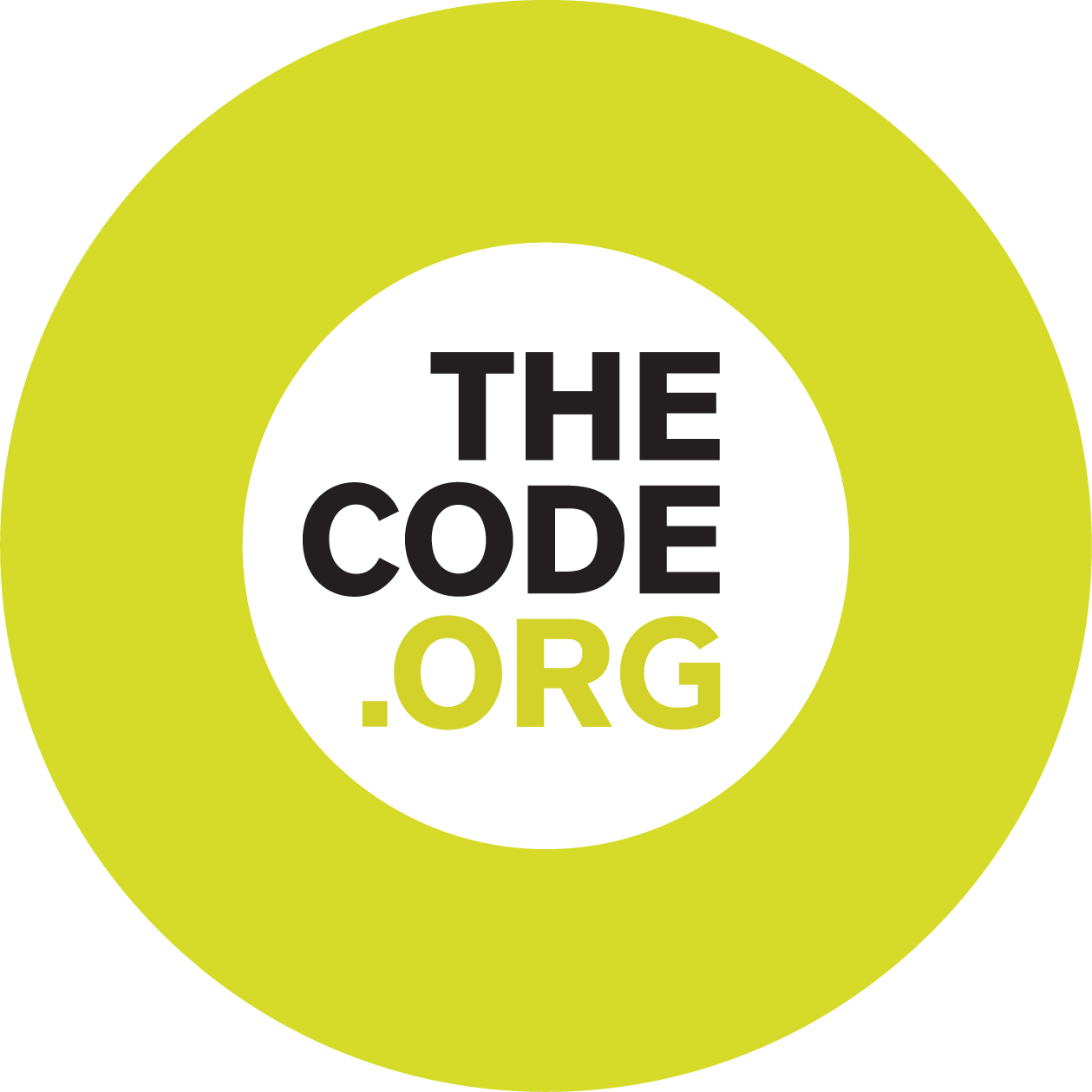
Further engagement in preventing and responding to the sexual exploitation of children is also required from the travel and tourism industry. This is exemplified by the fact that only three companies based in India and 31 with operations in the country have committed to the Code of Conduct for the Protection of Children from Sexual Exploitation in Travel and Tourism (The Code); a global initiative which trains workers in the tourism industry to recognise and respond to sexual abuse and exploitation of children.